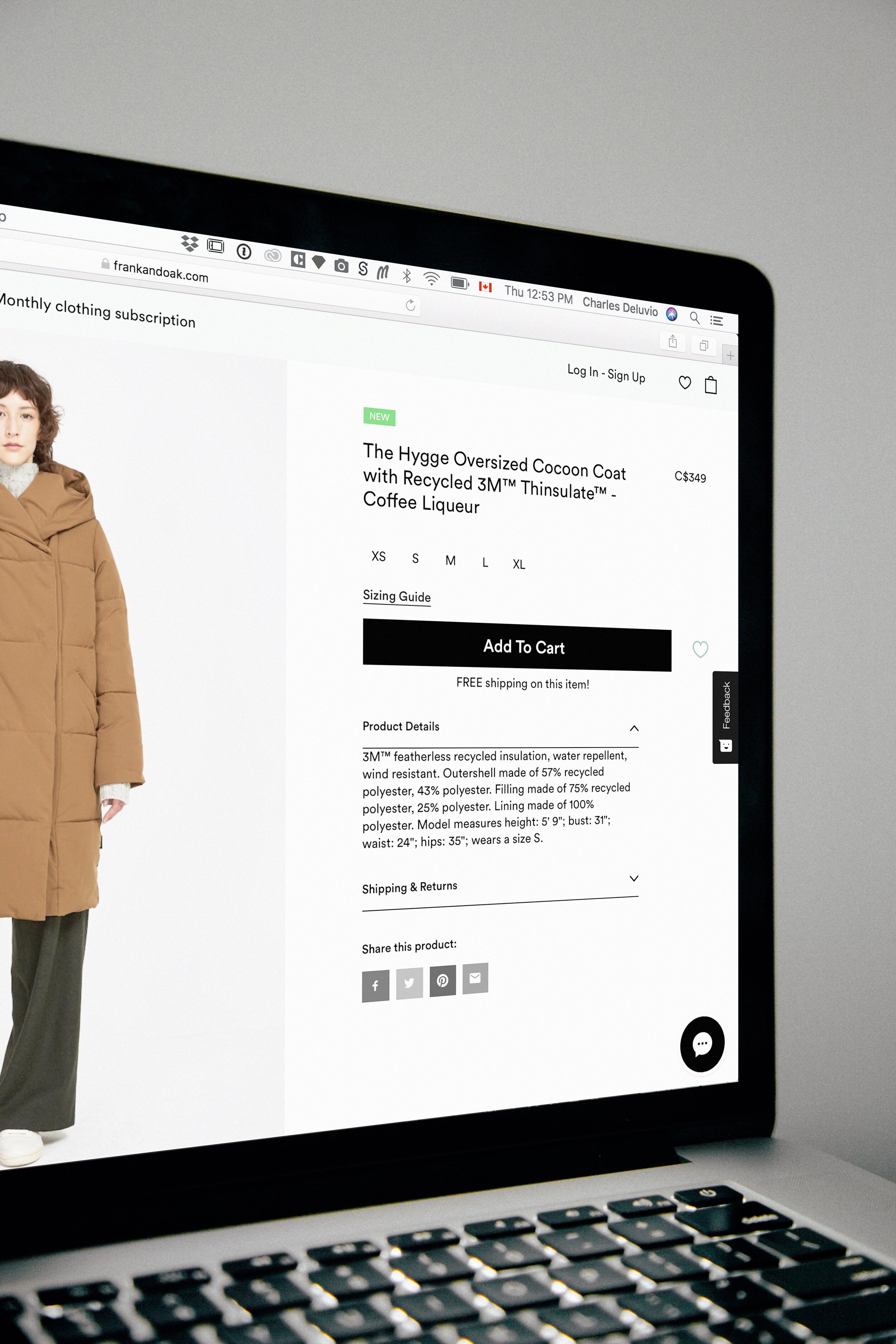If you want to be more competitive in today’s retail world, you have to give customers the purchase, payment and fulfilment options they demand across your in-store, online and mobile channels. The best way to expand your offering and improve each customer experience, while lowering costs, is to unify your retail management.
Unified commerce is the term used for a retail software system that connects all your inventory and customer data to all your sales channels. It’s also known as frictionless retail, new retail, headless commerce, digital commerce, boundaryless retail and omnichannel (though we believe unified commerce is the nirvana of omnichannel as we explain in this blog).
According to Gartner, unified commerce is one of the top 10 trends that will impact the future of digital commerce. That’s because it gives consumers consistency across channels and a continuous experience throughout their journey with you.
BRP’s annual POS/Customer Engagement Survey shows that 94% of retailers have indicated that they have or plan to implement a single unified commerce platform within the next three years. And in Australia, there’s a $92 billion opportunity for businesses that are successful in rolling out a strong unified commerce platform.
So what exactly is unified commerce?
Unified commerce is a retail management system (RMS) that unifies all your customer and inventory data on one open, centralised commerce platform that exposes one version of truth to all channels.
Which means that data stays in sync – across websites, apps, stores, call centres, kiosks, concession stores, wearable devices – and transactions can be viewed in near real time. So you can give each customer the best price and experience, whether they shop with you in-store, at home, or out and about.
With all these customer touch points connected, unified commerce lets you deliver holistic and personalised customer experiences more consistently. And treat each customer as the individual they are – one person with one account, interacting with one unified brand.
A unified commerce platform also helps you and your technology partners innovate quickly, reduce integration and operating costs, maximise margin, and deploy new services – efficiently and profitably.
Here’s how unified commerce helps you retail better
Inventory management
When you’ve got a single view of your inventory, you can move it around your business quickly and react to demand changes fast. You’ll find it’s much easier to manage stock to maximise sales opportunities and reduce holding costs.
Order management (OMS)
Because your inventory is optimised and visible across channels, you can offer a range of fulfilment options like click-and-collect, ship-from-store, endless aisle, split shipments – whatever suits your customers best.
Loyalty and customer management
Capture customer details via any channel. Then analyse their purchase and browsing history to show them you know them with communications, rewards and offers that are timely and relevant. In-store teams can see this information as well to offer personalised service and encourage conversion at point of sale.
Pricing and promotions
Pricing is shared across channels so customers can trust that they’ll pay the same price whether they shop with you in-store, online or in the field. And you can try out different promotions and pricing strategies quickly when an offer succeeds or doesn’t do as well as planned.
New product, service and channel innovation
Using APIs on an open platform, you can connect third-party services and expose data in real time. Helping you build your competitive advantage and create a world of opportunity to give customers new, faster services and personalised interactions.
No more silos
When everyone is using the same system and seeing the same data, you’ve got better internal collaboration with fewer roadblocks, and customers are happier because they’re getting the frictionless ‘one brand’ experience they want.
If it’s time to take the next step from omnichannel and consider a unified commerce approach for your retail business, get the ebook, Unified Commerce is the Future of Retail.
It discusses the unified commerce business case, the four stages of transitioning your business to unified commerce and much more.




















